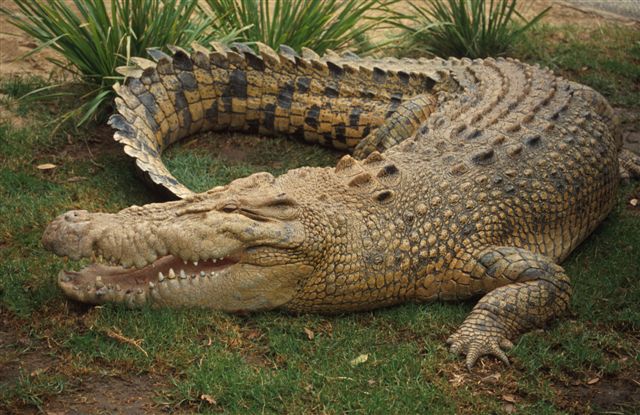As I walked out onto the white sands of the Pensacola beach with my grandmother, I didn't realize at first what was going on. It was early morning, around eight o'clock, and as we trudged through the cold, slippery sand closer to the water I could by then clearly see six odd looking machines trundling down the beach. Two of them looked a lot like tractors, one a cement mixer, and in the back a little golf cart sporting a port-o-potty on its rear. They all were headed down the beach to a group of even larger and honkier machines which were surrounded by workers wearing orange shiny vests, walking around. On closer inspection, I noticed the workers all appeared to be chatting amiably to one another, the machines quite deserted for the time being.
There was one man herding the machines, waving them onwards and looking around importantly. We approached him curiously, and said hello. “What are all of your machines for?” I asked, though part of me already suspected the answer.
“We're digging for oil.”
“How deep are you finding oil?” My grandmother asked, looking slightly surprised.
“Around six to twenty four inches deep, ma'am. This area in front of the hotel here is pretty much clean, so we're moving on down to the pier there.” He pointed and I looked automatically to where the machines were indeed sitting close to a pier. As I watched, what looked like a small power shovel sprang to life and, huffing and puffing, began to dig a hole in the sand. The workers stopped chatting and turned to watch as well.
“What do you do with the contaminated sand once you dig it up?” Gran asked. I looked back to the man to hear his answer.
“Well, once the sand is mixed with oil, it gets kinda like asphalt, so BP is going to pave some roads down here with it for free.” The man said, nodding again. At this I have to contain myself from throwing him a disbelieving look, and instead respond with a timid, “Oh, I see.”
The man looked around and, seeing that his posse was leaving him behind, wished us a good day before jumping onto his own golf cart and speeding after them.
After the man departed and my grandmother and I have mulled over his words, I decided to dig a hole and see for myself whether I find oil or not. I found a large, handy shell and begin to dig where the sand was reportedly clean. It took me a while but I finally dug a hole about a foot deep and peered inside. The man was right; all I could see is that the sand is a couple shades darker and ringed with a few mysterious black circles. Oil? I decided after some observation that it probably wasn't, as the sand didn't look dark or smell foul enough to be oil.
The next day I went out onto the beach again, this time accompanied by biologist/activist Leanne Sarco (who happens to be my aunt). Though it was bitterly cold and windy, we persevered and went looking for oil on the sand, as well as any tar balls washing up onshore. Walking further from the hotel, we arrived at a patch of beach where the dunes had not yet been dominated by large corporate buildings. Sure enough, after a little searching we found not one but three shells that had foul smelling, reddish spots of oil on them, lying close to the gushing tide. I took a picture of one of them, back at the hotel room, and have included it to the right.
In addition to these shells, we found suspicious oily stains on some sand near the shells we'd found, though we couldn't readily identify the stains. What happened to all the oil? I wondered as we turned around a while later and headed back to the hotel. I remembered the endless news stories earlier in 2010 of oil washing up in Pensacola, Orange Beach, Gulf Shores, and countless Louisiana islands like Grand Isle and Grand Terre. Could BP really have swept it all away with their big, shiny machines and plans of cleaning all the contaminated beaches by spring 2011?
One hypothesis of mine as to where all the oil has gone is this: it went down. All of the toxic dispersant and oil, having broken up into tiny pieces, had nowhere to go after a while but settle down to the bottom of the ocean, where hopefully Mother Nature and some butt kicking micro organisms will take care of it. Some of this bottom-coating oil washed up onshore I expect, along with a few unlucky sea shells that had the misfortune of being spotted with grimy oil. Even though you can't see much oil on the Pensacola beaches, it is still a big threat our ecosystems, both marine and on land. And yes, I do mean us as well, the humans who started it all.














